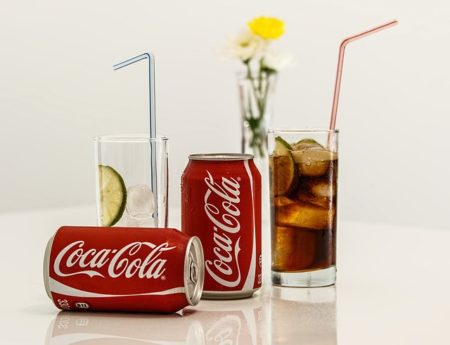What happens to fizzy drinks in space?

From Gabrielle Patterson
Without gravity providing an ‘up’ and a ‘down’, the bubbles of carbon dioxide in fizzy drinks would remain randomly distributed in the liquid. Here on Earth, gravity creates a density gradient within a glass of carbonated drink. Since the bubbles that form are less dense than the liquid around them, they are pushed toward the top and emerge at the surface of the drink. Under microgravity, these bubbles would remain in
the liquid, moving randomly and merging with other bubbles as they collided. The result would be a mass of foam with bubbles of different
sizes. Drinking fizzy drinks in space can be hazardous to astronauts because the bubbles cannot separate from the liquid. Once swallowed, gas cannot rise and be ‘burped’ out, meaning that astronauts would end up with large quantities of carbon dioxide in their digestive systems.
Answered by Alexandra Cheung for Brain Dump, How It Works issue 83
To feature in our Brain Dump section, send us your questions to [email protected] or message us on Facebook or Twitter




